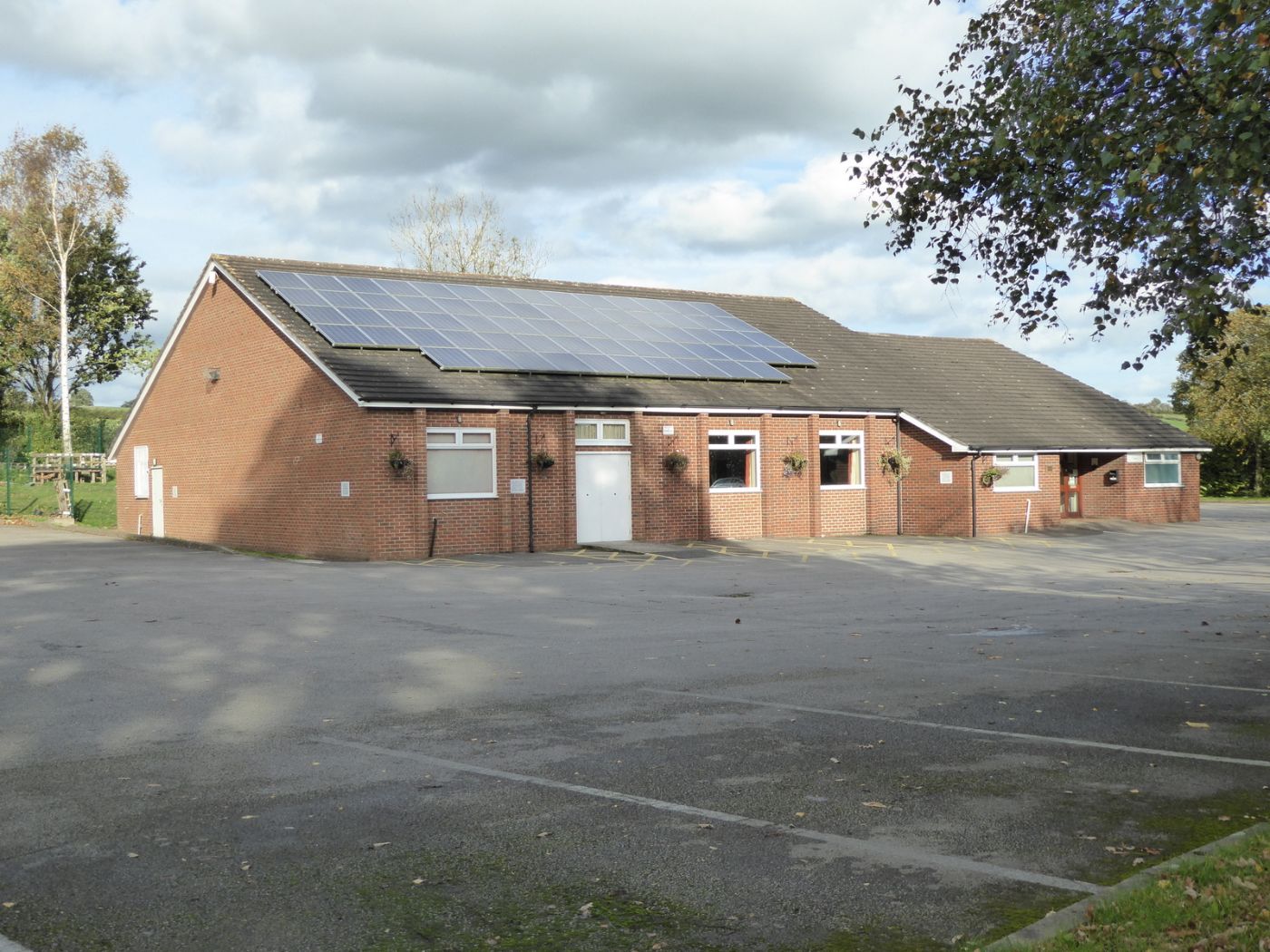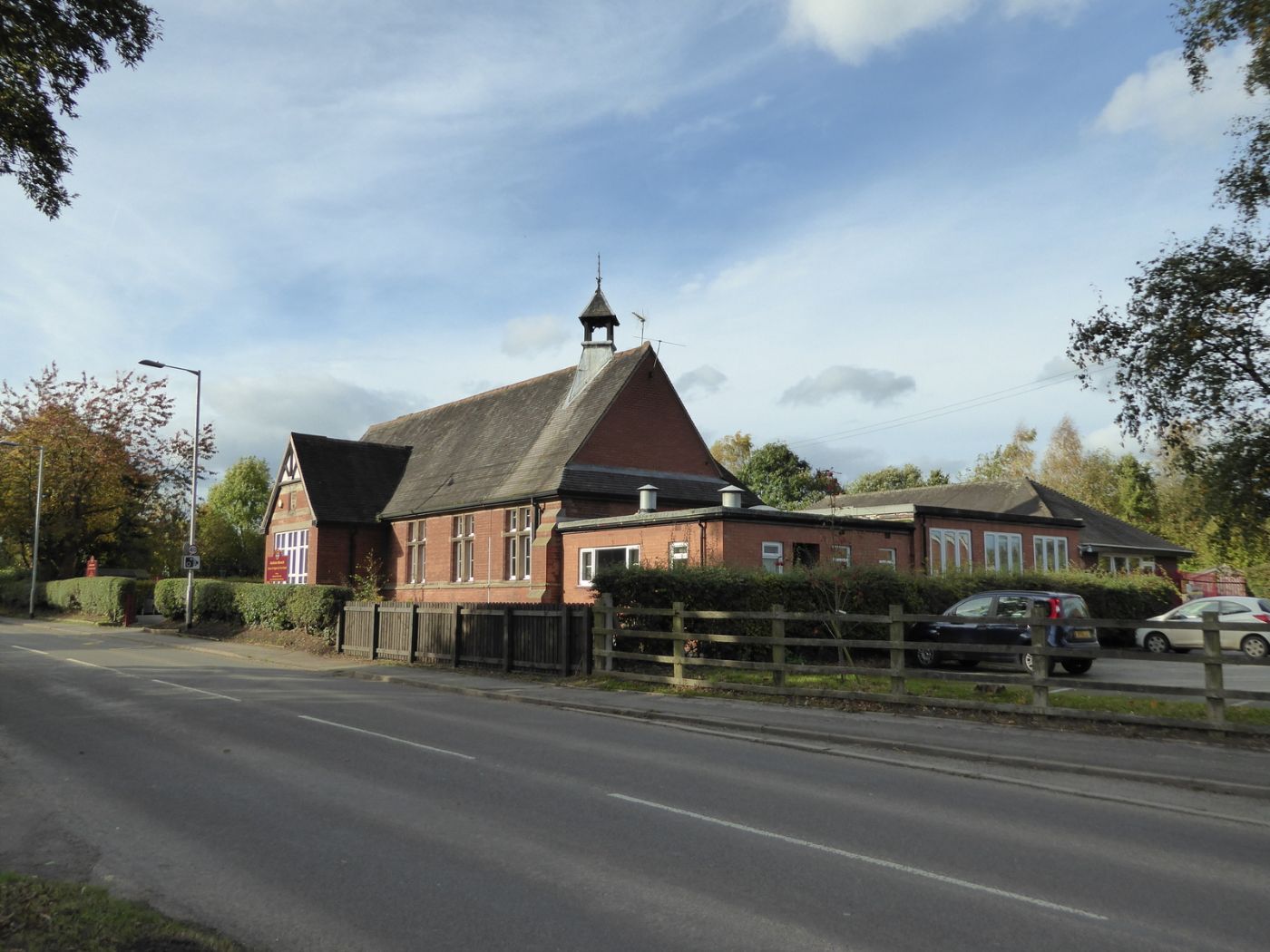
The Community Centre.
After years of determined fund raising the Community Centre was built and opened in 1983. It was extended in 1998 when a stage area was added to the hall. In 2010 solar panels were added to the roof of the building which, on an annual basis, generally meet the electricity needs of the Centre with any surplus is fed back into the National Grid.
